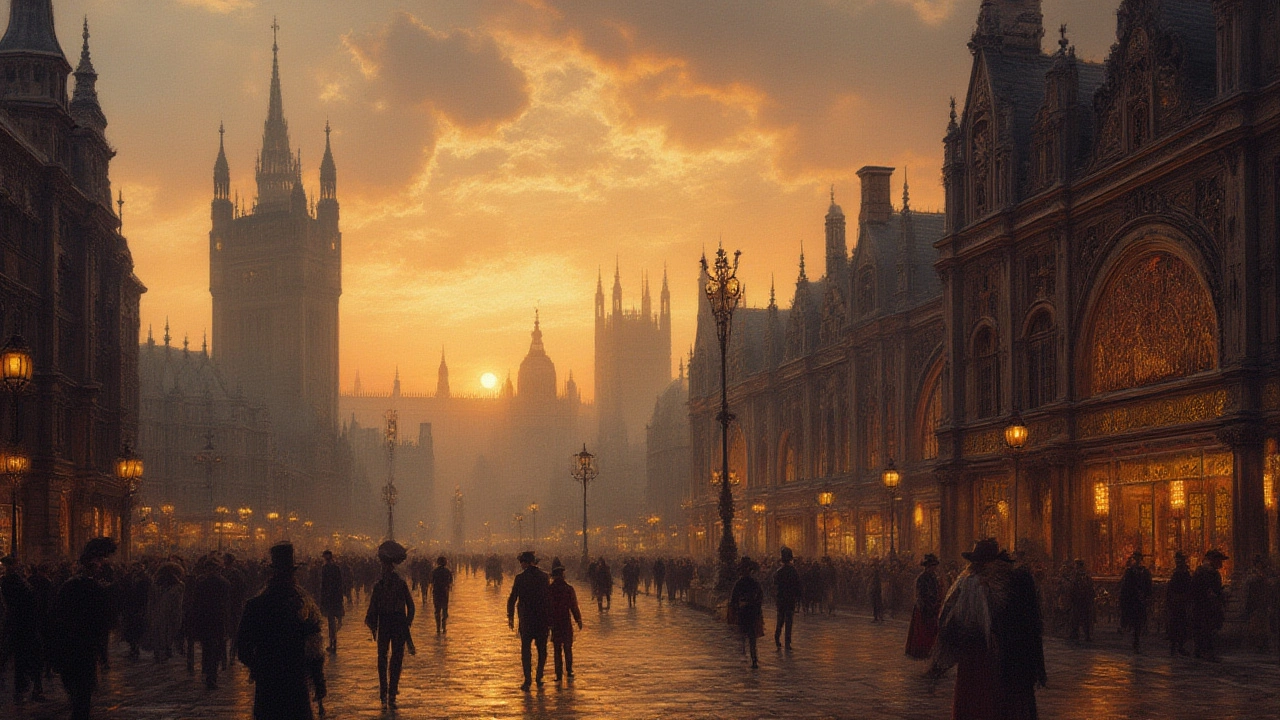Gothic Revival Architecture: History, Features, and How to Spot It
Think Gothic Revival architecture is only old church spires and gargoyles? You'd be surprised. This style reshaped 19th-century towns, influenced house design, and still shows up in schools, libraries, and civic buildings. I'll keep it simple: where it came from, what to look for, and quick tips you can use on a walk or while scrolling photos.
Where Gothic Revival started and why it mattered
Gothic Revival began in the late 1700s and grew through the 1800s as people looked back to medieval Gothic for beauty and meaning. In England and the U.S., architects used pointed arches, tall windows, and steep roofs to evoke history and drama. Sometimes the style was about faith and identity; other times it was about showing taste and money. Either way, it became a go-to for public buildings and wealthy homes.
Key features to recognize on the street
Spotting Gothic Revival is easier than you think. Look for pointed (or lancet) arches over doors and windows. Tall, narrow windows often with stained glass are common. Rooflines are steep and may include decorative gables or finials (those little spiky ornaments). Buttresses or faux buttresses appear on bigger buildings; on houses they’re usually decorative. Carved stone, tracery (ornamental stonework) in windows, and clustered columns near entrances are other giveaways. Don't forget ornate wooden trim on porches in vernacular versions—think pointed cutouts and decorative brackets.
Gargoyles and grotesques are dramatic but not always present. When they do appear, they’re often decorative drains or sculpted figures meant to add character. Interiors can include exposed wooden beams, vaulted ceilings, and intricate woodwork around mantels and staircases.
Want examples? The Houses of Parliament in London are a famous public example. In the U.S., many college campuses and city halls used Gothic Revival to look established and serious. For smaller-scale versions, look at Victorian-era homes with pointed windows and decorative bargeboards.
Preservation matters because many Gothic Revival buildings are over a century old. Stone and wood details need care—cleaning, repointing mortar, and repairing wooden trim keep the style readable. If you’re renovating, keep the proportions: replacing a pointed window with a square one kills the look.
Quick checklist to use on a walk: pointed arches? tall narrow windows? steep roofs or decorative gables? stone or carved details around openings? stained glass or tracery? If you check two or more, you’re likely looking at Gothic Revival.
Whether you love the drama or just find the shapes interesting, Gothic Revival architecture leaves clear clues. Next time you pass an old building, try the checklist—you’ll start spotting neo-Gothic details everywhere, and the style will stop feeling mysterious and start feeling useful.
Gothic Revival Architecture Explained: History, Features, and Iconic Examples
A clear, engaging guide to Gothic Revival architecture-its origins, key features, big names, and landmark examples-plus how to spot it and tell it from the medieval Gothic.
Read more
Gothic Revival Architecture: Exploring History, Features and Timeless Appeal
Discover Gothic Revival architecture: its roots, key features, striking examples, and tips for spotting this dramatic style everywhere you go.
Read more
Gothic Revival Architecture: Imagination and Innovation in Every Spire
Explore the fascinating world of Gothic Revival architecture, from its stunning arches and gargoyles to how it defines creativity in design. Discover facts, tips, and its timeless charm.
Read more